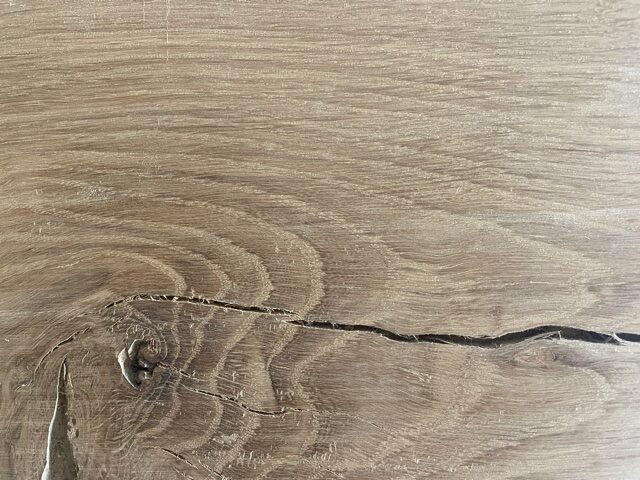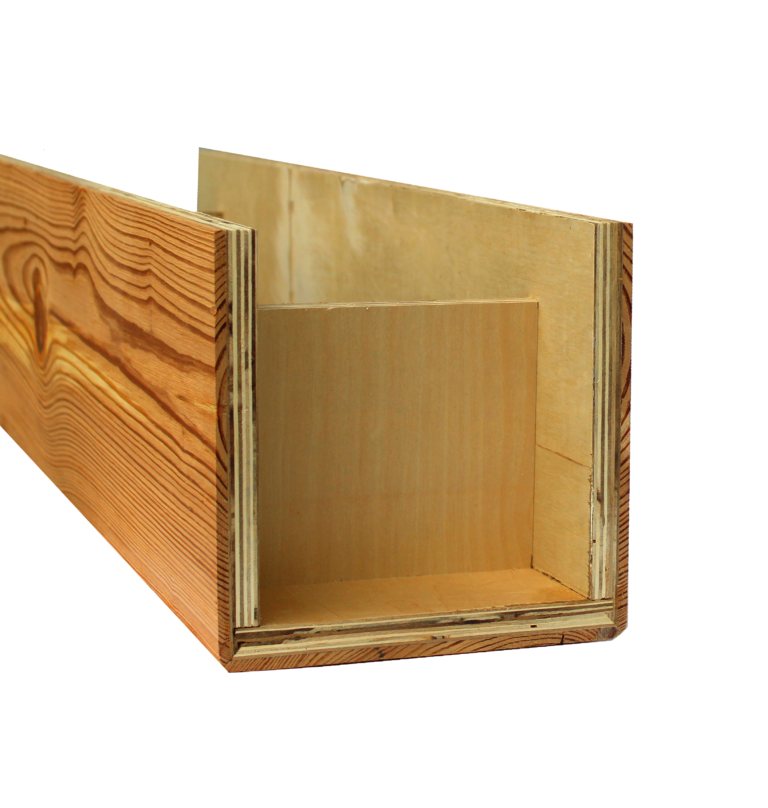Understanding Cracks in Wood: A Natural Phenomenon

Understanding Cracks in Wood: A Natural Phenomenon
At The Olde Mill, our White Oak and Reclaimed Pine and even Cypress products may occasionally have cracks, particularly due to the age and natural characteristics of the wood. However, for those unaccustomed to the nuances of natural wood, the sight of cracks and splits can raise concerns about the integrity and quality of the material. In this article, we delve into the reasons behind wood cracks, dispelling myths and providing insights into this organic process.
Why Does Wood Split and Crack?
Cracking and checking, those seemingly worrisome fissures that appear in wood, are actually a natural response to changes in moisture levels within the environment. As wood interacts with the surrounding moisture, temperature fluctuations, and exposure to sunlight, it undergoes a process known as equilibrium. Essentially, wood adjusts itself to its surroundings, causing it to expand or contract accordingly.
This natural ebb and flow of wood can be disconcerting for those encountering it for the first time, but it’s crucial to understand that it’s not a flaw in the material but rather a testament to its organic origins. Many artisans prefer working with real wood precisely because of its ability to develop unique markings and characteristics over time, echoing the principles of the wabi-sabi lifestyle, which finds beauty in imperfection and impermanence.
Should I Be Worried About Structural Integrity?

Contrary to common concerns, cracks in wood do not necessarily compromise its integrity. The Olde Mill’s unique plywood substrate process prevents warping and twisting structurally, unlike solid wood. In fact, cracks can serve a beneficial purpose by relieving tension and pressure caused by the natural expansion and contraction of the material. Think of your wooden piece as a living entity, adapting to its environment and evolving with the passage of time.
Can I Prevent Timber Cracking?
While it’s impossible to completely halt the natural process of wood cracking, there are measures you can take to mitigate it. There are ways to fill cracks and knots if you want to take a more artistic approach. This video by @DesignsbyDonnie has a few methods to try out:
Utilizing humidifiers or dehumidifiers and avoiding rooms with extreme temperature or direct sunlight exposure can help minimize the likelihood of wood cracking as well.
In Conclusion
In conclusion, cracks in wood are not signs of deterioration or inferior quality but rather manifestations of its organic nature. By understanding and embracing this natural phenomenon, we can cultivate a deeper appreciation for the timeless beauty of wood in all its forms. So, the next time you encounter cracks in your wooden furniture or décor, remember that they’re not flaws but rather stories etched into the fabric of nature itself.







